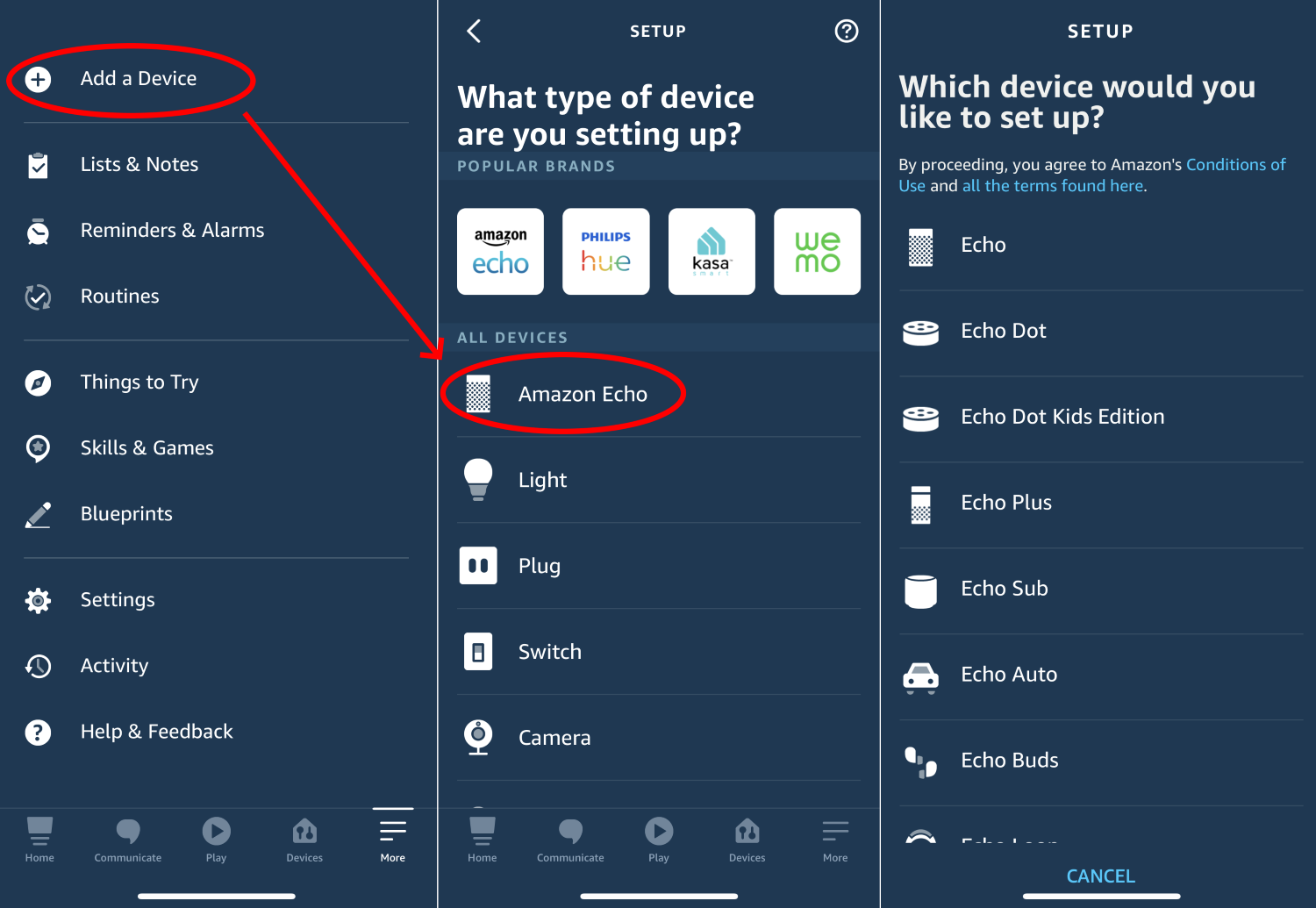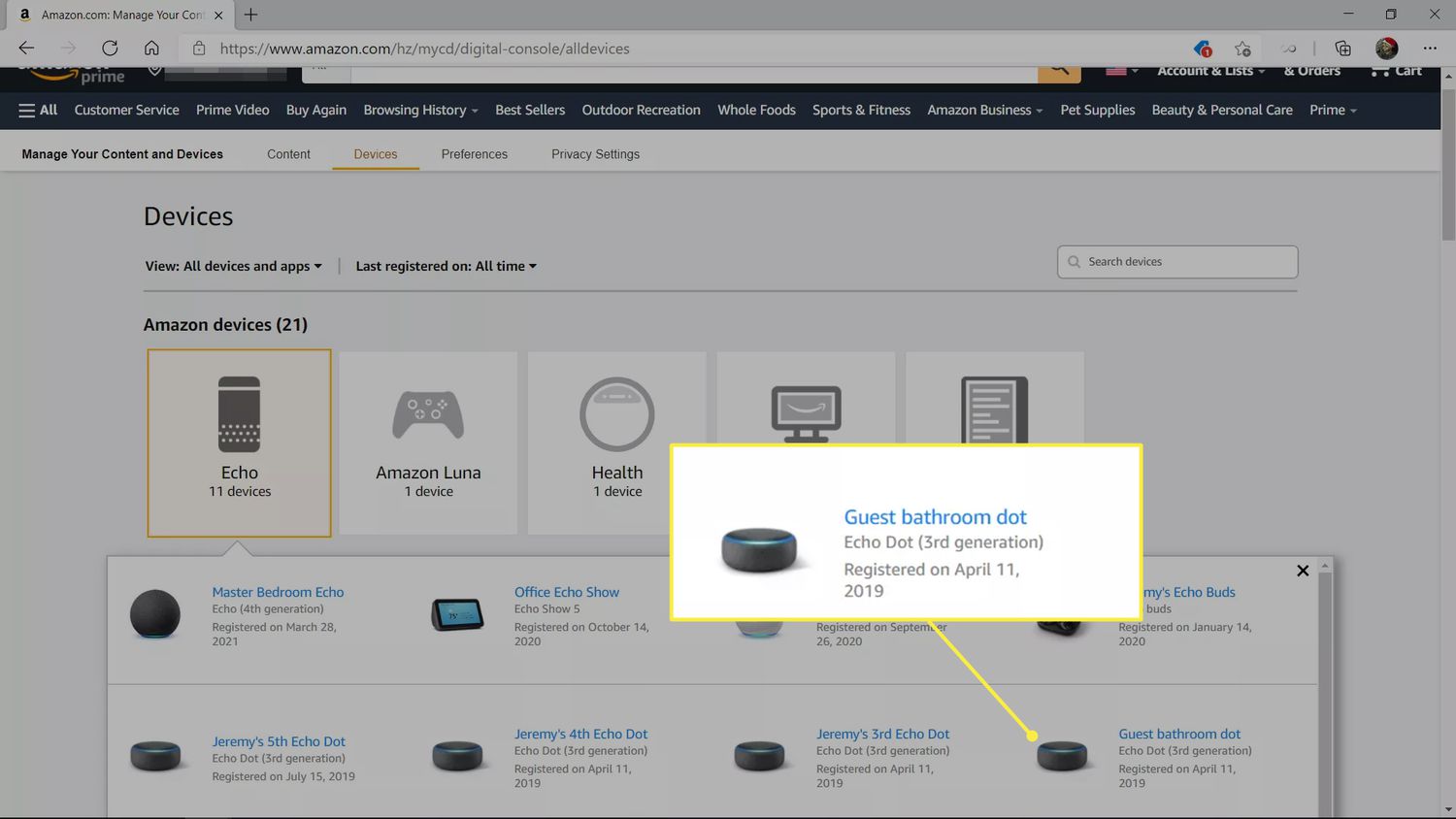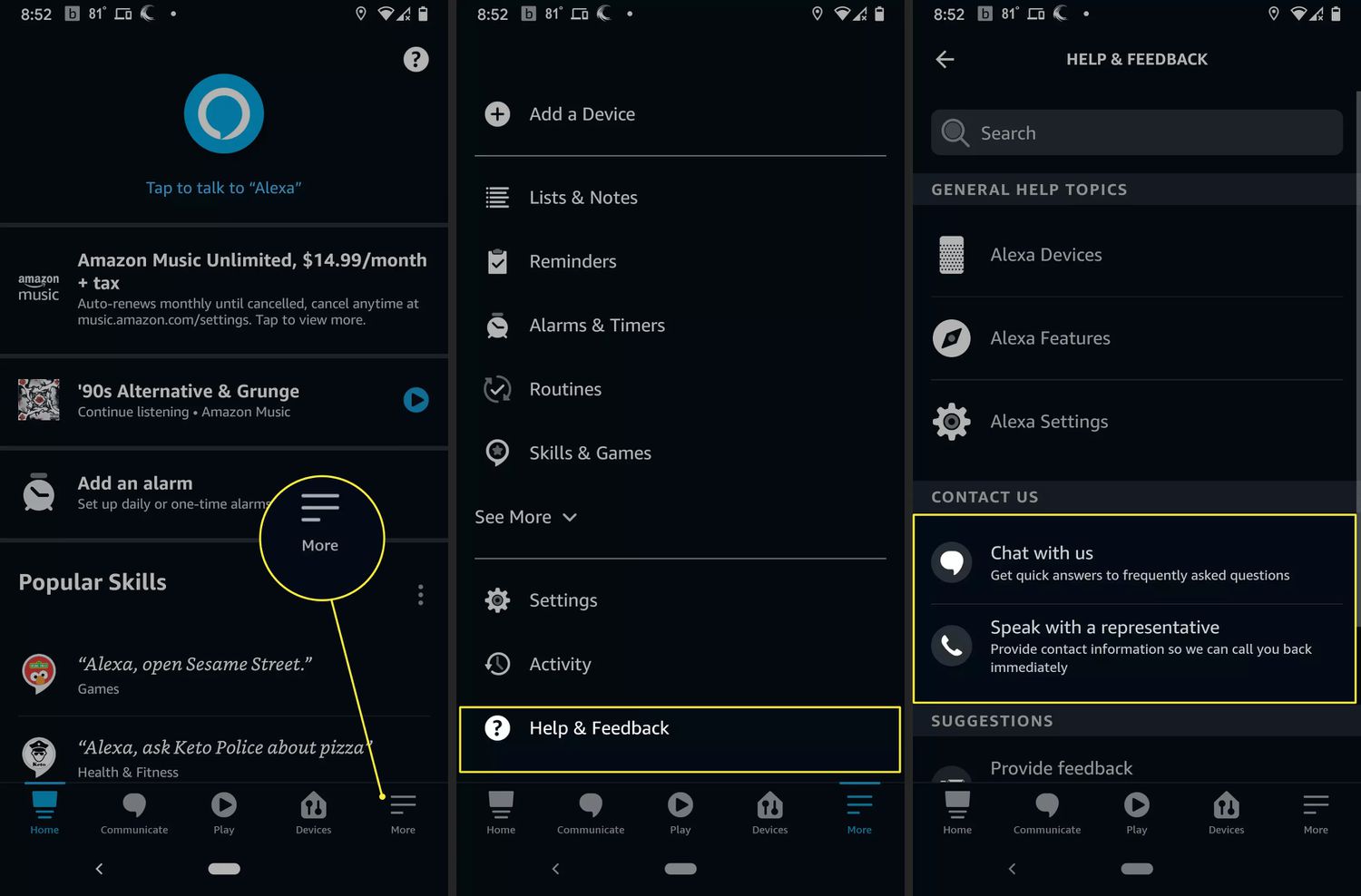Getting that Echo Going
So, the other day, I was wrestling with this setup, right? Needed to figure out if my messages were actually, you know, landing where they were supposed to. It’s always the simple stuff that trips you up, or at least, makes you scratch your head for a bit longer than you’d like.

My first instinct, like always, was to go big. Thinking ’bout setting up some detailed logging, maybe spin up a monitoring service. You know how it is, you start imagining these complicated dashboards and alerts. Overkill, most of the time, especially when you just need a quick check. I’ve been down that road too many times, building a whole cathedral when all I needed was a tent.
Then it hit me. Why not just get something to… well, echo? Just send a thing out and see if it bounces back. Simple. Effective. Sometimes we forget the basics, I swear. So, I decided that’s what I’d do. I needed to “register” a way to get that echo back to me, make it official in my little test world.
The Nitty-Gritty of Making it Echo
Alright, so here’s what I did. It wasn’t rocket science, thankfully. I was working with a pretty standard environment, nothing too exotic, just my usual dev box.
- First up, I needed a listener. Something that would just sit there and wait for a message. I didn’t want to install a whole new framework or anything bulky. Been there, done that, got the t-shirt, and it usually just adds more layers to debug later.
- Then, I figured the simplest thing would be to use a built-in tool. Most systems have something, right? Or a tiny script. I remembered there’s this command,
ncon Linux, or netcat as some folks call it. Super handy for this kind of thing. You can make it listen on a port real easy. - So, I popped open a terminal. My trusty old command line. I typed something like
nc -l -p 12345. That tells it to listen (that’s the-l) on a specific port (-p 12345). Pick any port that’s free, really, doesn’t much matter for a quick test. - The “echo” part? Well, netcat on its own, when listening, just shows you what it received. For my quick test, just seeing the incoming message printed on the listener’s terminal was good enough. That was my “echo” – proof of arrival. Confirmation. A little digital nod.
- If I really wanted it to send data back, to properly echo it, I’d sometimes have to get a bit craftier. For instance, on some systems, you can make it execute a command for each connection. I’ve used stuff like:
while true; do nc -l -p 12345 -e '/bin/cat'; done
Or, if I needed it to explicitly echo back, maybe something using
xargslike:while true; do nc -l -p 12345 xargs -n1 echo nc -N 127.0.0.1 SOME_OTHER_PORT_IF_NEEDED_OR_BACK_TO_SENDER_SOMEHOW ; doneHonestly, that gets a bit fiddly. Depends on the `nc` version and the OS. That’s the fun, eh? You poke it until it works. For just seeing if a message arrived, the simple listen is often enough.
The main thing was getting it “registered,” as in, making sure that port was open and my little listener was active and known to the system, ready to catch whatever I threw at it. Sometimes the firewall gets in the way, you know? Had to double-check that. It’s always the firewall, or DNS. The usual suspects.
Did it Work? Yeah, Mostly.
And you know what? It worked like a charm for what I needed. Sent a test message from the other end of my setup, and bam! It showed up on my listener. No complex setup, no new software to install and configure for ages, no reading through pages of documentation for some fancy observability platform. Just a couple of commands.

It’s not a permanent solution, mind you. This is for quick debugging, for that “is this thing even on?” kind of moment. For a real service, you’d want something more robust, something that handles errors gracefully, logs properly, and doesn’t fall over if you look at it funny. We all know that. But for a quick and dirty echo test to see if the pipes are connected? Perfect.
It just goes to show, sometimes the simplest path is the best one. We get so caught up in frameworks and complex architectures, we forget that a well-placed basic tool, or its network equivalent, can save you a ton of time and headache. It’s all about getting that feedback loop going, and sometimes, a simple echo is all you need to register that things are, indeed, flowing. Keeps you sane, that does, in this crazy tech world.
















